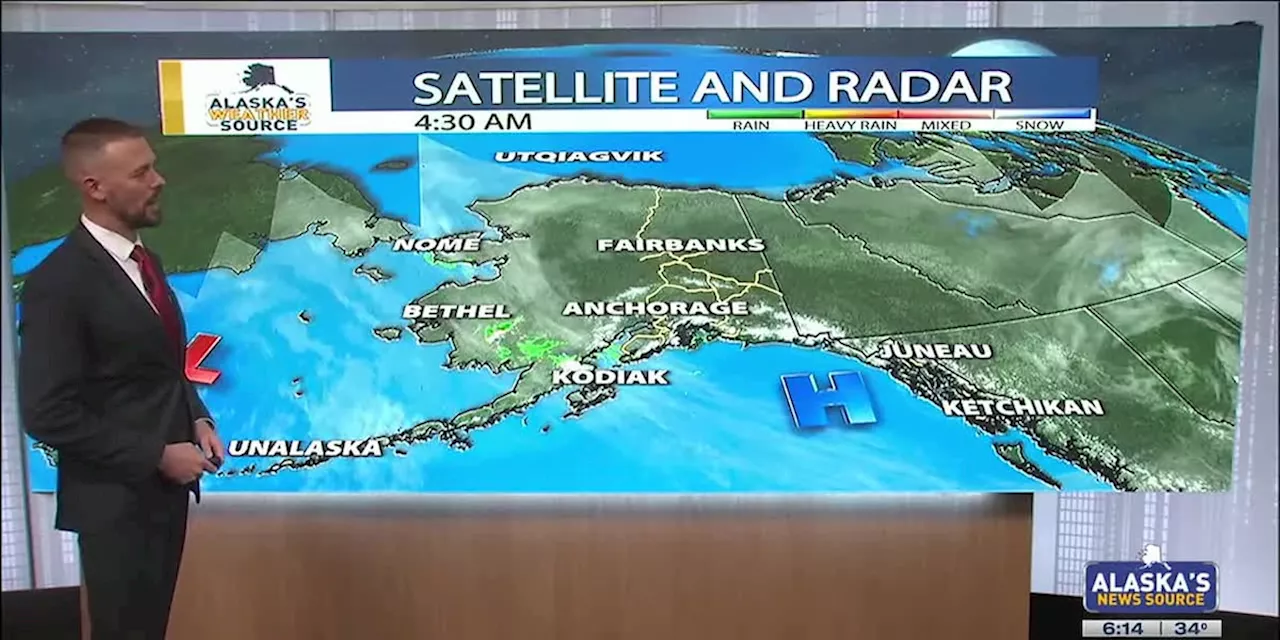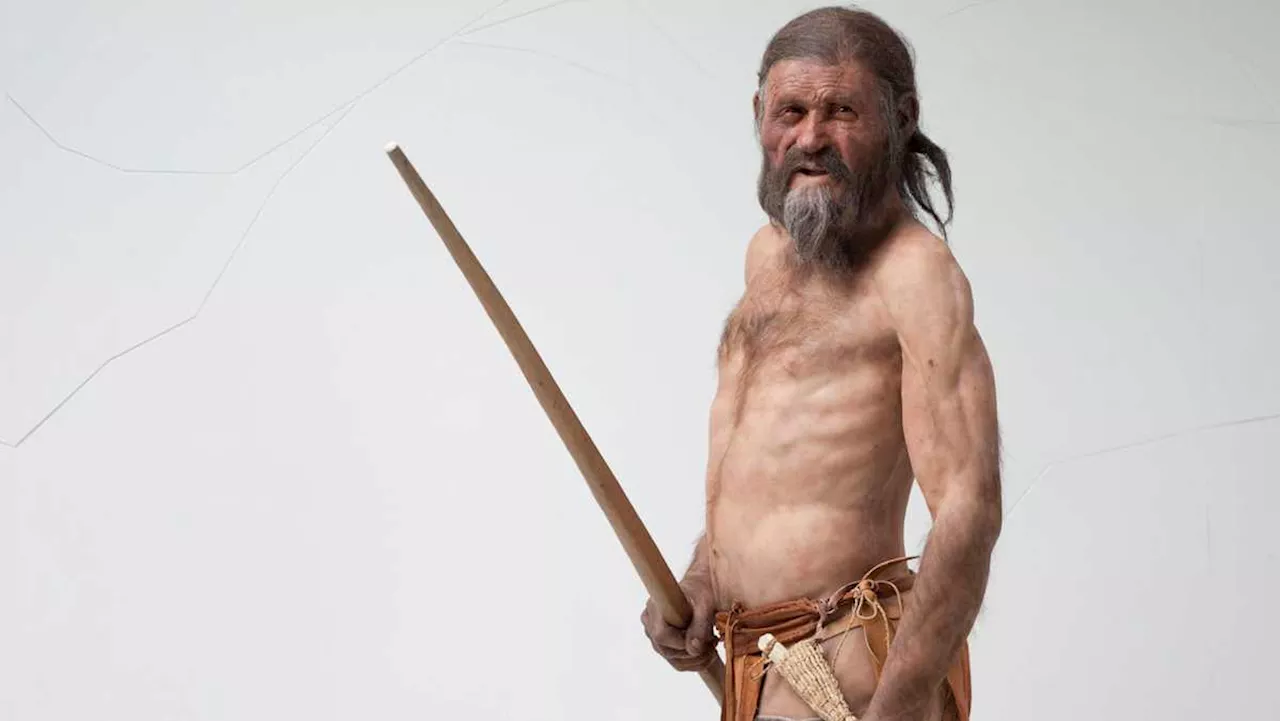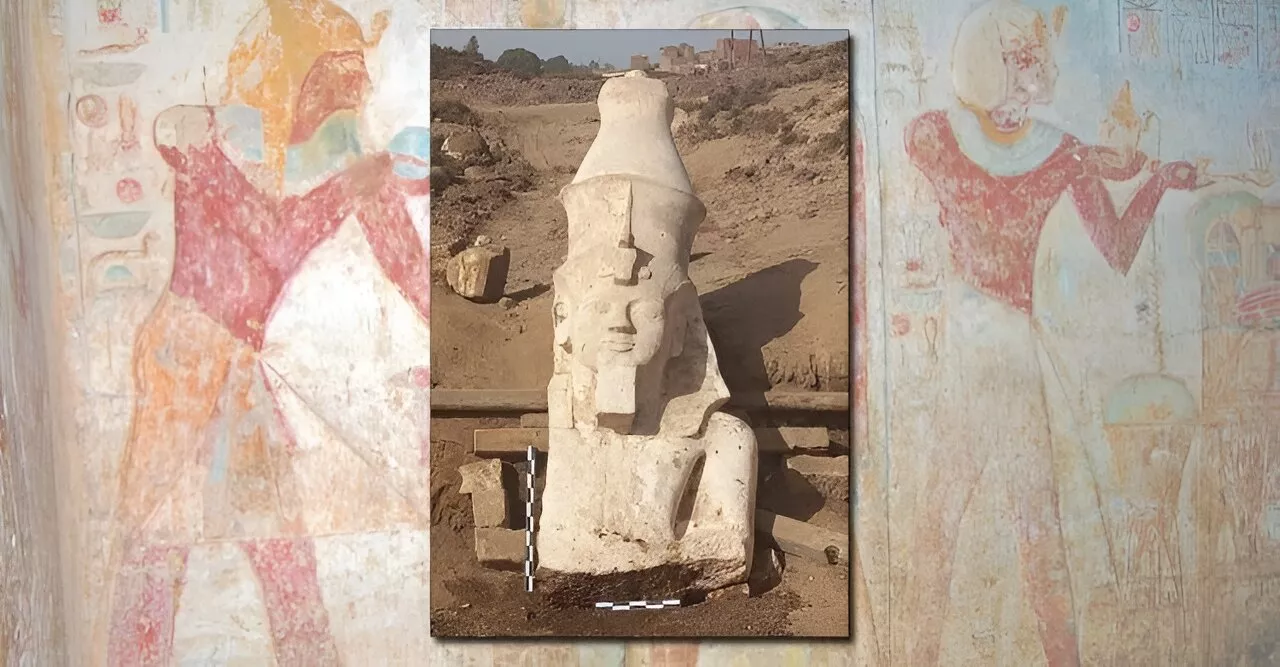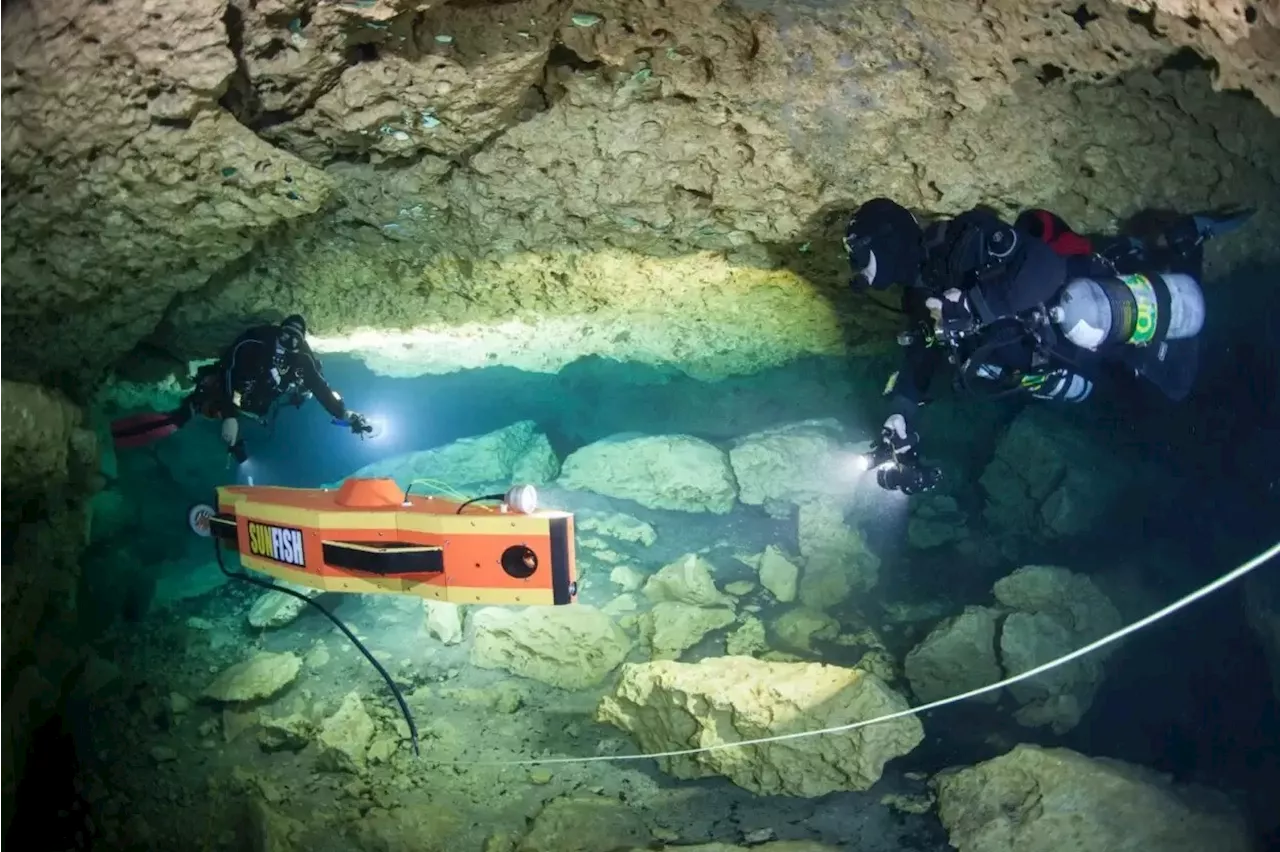A recent paper attempts to set a new timeframe of when humans first arrived in Southeast Alaska, using cave remains and animal fossils from the region.
A team of scientists and Alaska Native community members use an autonomous underwater vehicle to explore the continental shelf west of Prince of Wales Island in southeast Alaska, seeking submerged caves and rock shelters that would have been accessible to early inhabitants of the region.
Remember learning about the Bering land bridge in middle school? That’s part of the Coastal Migration Theory, which suggests that after the last Ice Age, early humans migrating from Asia crossed the land bridge between Russia and Alaska in search of food. Then they traveled, either by foot or by boat, down along the coast of Alaska and into the rest of the Americas.
During the iciest part of the last Ice Age, a massive ice sheet advanced across the western part of the continent and over Prince of Wales Island, the largest island in Southeast. All of that now dry land, buried under thousands of tons of ice. Archaeologists believe that at its peak — known as the “glacial maximum” — about 18,000 years ago, that giant wall of ice would have blocked off any land routes down the coastline. Think of it like a gate that closed for over 1,000 years.
“I think the important thing to remember is that we know that we have been here for at least 12,000 years. We know that from Worl is a descendant of those first people.If the carbon dating was done correctly, and most archaeologists now agree it was, the New Mexico footprints are much older than the signs of human life found in Southeast Alaska.
It’s possible archaeologists just haven’t found older evidence yet, because of the challenges of searching in the forest-covered region. “There’s this huge, vast area that we haven’t explored yet. And so there’s so much we can find,” Monteleone said.
United Kingdom Latest News, United Kingdom Headlines
Similar News:You can also read news stories similar to this one that we have collected from other news sources.
 Springtime warmth spreads across Interior, Southcentral & Southeast AlaskaAnchorage will see its third consecutive day with highs in the 50s.
Springtime warmth spreads across Interior, Southcentral & Southeast AlaskaAnchorage will see its third consecutive day with highs in the 50s.
Read more »
 Ötzi the Iceman’s 61 tattoos weren’t made in the way archaeologists first thoughtHow and why Ötzi, perhaps the world's most studied corpse, got the body art has long been a source of fascination
Ötzi the Iceman’s 61 tattoos weren’t made in the way archaeologists first thoughtHow and why Ötzi, perhaps the world's most studied corpse, got the body art has long been a source of fascination
Read more »
 Archaeologists unearth top half of statue of Ramesses IIA team co-led by a CU Boulder classics researcher has unearthed the upper portion of a huge, ancient pharaonic statue whose lower half was discovered in 1930; Ramesses II was immortalized in Percy Bysshe Shelly's 'Ozymandias.'
Archaeologists unearth top half of statue of Ramesses IIA team co-led by a CU Boulder classics researcher has unearthed the upper portion of a huge, ancient pharaonic statue whose lower half was discovered in 1930; Ramesses II was immortalized in Percy Bysshe Shelly's 'Ozymandias.'
Read more »
 Archaeologists Discovered an ‘Unprecedented’ Ancient Monument That Could Rewrite HistoryIt’s practically impossible.
Archaeologists Discovered an ‘Unprecedented’ Ancient Monument That Could Rewrite HistoryIt’s practically impossible.
Read more »
 Archaeologists uncover 850-year-old treasure in ancient grave: 'Sensational find'The Jönköping County Museum in Sweden announced that it found 170 silver 'bracteates,' or coins, in a medieval grave. Experts said the coins are 800 years old.
Archaeologists uncover 850-year-old treasure in ancient grave: 'Sensational find'The Jönköping County Museum in Sweden announced that it found 170 silver 'bracteates,' or coins, in a medieval grave. Experts said the coins are 800 years old.
Read more »
 Archaeologists Discover Banquet Hall with Trojan War-Inspired Paintings in PompeiiArchaeologists excavating Pompeii have uncovered a banquet hall adorned with paintings inspired by the Trojan War. The discovery was made during a project to preserve the ruins of Pompeii, which was destroyed by the eruption of Mount Vesuvius in A.D. 79.
Archaeologists Discover Banquet Hall with Trojan War-Inspired Paintings in PompeiiArchaeologists excavating Pompeii have uncovered a banquet hall adorned with paintings inspired by the Trojan War. The discovery was made during a project to preserve the ruins of Pompeii, which was destroyed by the eruption of Mount Vesuvius in A.D. 79.
Read more »
